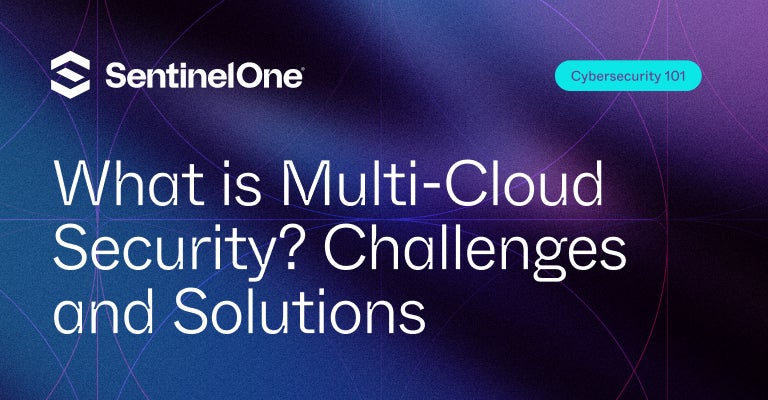Multi-cloud environments offer flexibility and scalability, but they also introduce unique security challenges. Our guide explores the common pitfalls of multi-cloud security and provides practical solutions to overcome them.
Learn about the importance of consistent security policies, unified visibility, and effective access management across multiple cloud platforms. Discover how to leverage cloud-native security tools and best practices to safeguard your data and applications in a multi-cloud world.

Understanding Multi-Cloud Security
Multi-cloud security is the practice of securing multiple cloud environments, each with its distinct security protocols, compliance requirements, and data privacy standards. This complexity often results in several challenges:
- Inconsistent Security Policies: Cloud providers may have varied security measures and protocols. Ensuring uniformity across multiple platforms can be daunting.
- Visibility and Control: Monitoring and controlling a multi-cloud environment requires sophisticated tools and methodologies, often beyond the capabilities of traditional security measures.
- Compliance and Regulations: Meeting various regulatory requirements across jurisdictions becomes more complex in a multi-cloud environment.
- Identity and Access Management (IAM): Ensuring proper authentication and authorization across diverse platforms is a critical concern.
Challenges
A. Complexity and Fragmentation: With each cloud provider operating under different standards and technologies, managing security across them is complex. The fragmented nature of multi-cloud environments may lead to loopholes that malicious actors can exploit.
B. Data Security: Ensuring data integrity and privacy across various cloud providers is challenging. Data might be transmitted or stored in different locations, each with distinct security measures and potential vulnerabilities.
C. Vendor Dependencies: Reliance on multiple vendors often leads to interdependencies, which could create a weak link in security if one vendor’s platform is compromised.
Solutions
- Unified Security Policy: Create and enforce a unified security policy that applies across all cloud providers. This consistency ensures that no provider falls below the required security standards.
- Advanced Monitoring Tools: Invest in advanced security monitoring tools that provide a holistic view of the entire multi-cloud environment. This enables real-time detection and response to any potential threats.
- Compliance Management: Regularly assess compliance across all cloud providers and maintain clear documentation to demonstrate adherence to various regulatory requirements.
- Robust IAM Solutions: Implement robust IAM solutions that work across different platforms to ensure proper access controls and minimize the risk of unauthorized access.
- Collaborate with Cloud Providers: Work closely with cloud providers to understand their specific security measures and align them with the organization’s overall security strategy.
Real-World Example
One notable example of overcoming multi-cloud security challenges is a global financial institution that adopted a hybrid approach. By implementing a unified security policy and utilizing advanced monitoring tools, they successfully secured their diverse cloud ecosystem without compromising flexibility and efficiency.
Conclusion
Multi-cloud security is a complex yet essential aspect of modern enterprise IT. Recognizing the challenges and employing strategic, evidence-based solutions is paramount to maintaining a secure and compliant multi-cloud environment. By embracing a holistic approach, organizations can leverage the advantages of a multi-cloud strategy without compromising security.
As the landscape evolves, staying informed and proactive in implementing and adjusting security measures will be key to success. In this ever-changing environment, a commitment to continuous learning and adaptation is not just a best practice; it’s a necessity.